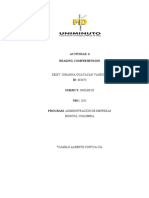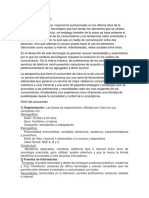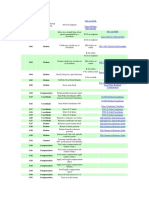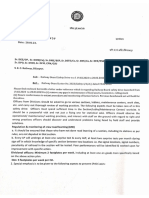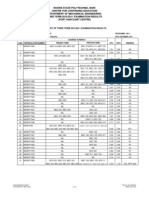100% found this document useful (2 votes)
917 views16 pagesData Science Self-Learning Guide
This document provides a 31-day curriculum for learning data science. It is split into 4 parts that cover data preparation, exploratory data analysis, creating problem statements, and building machine learning models. Each part provides explanatory articles and hands-on tutorials focusing on key concepts and practical applications. The goal is to enable self-learning of data science through curated online resources and implementing projects using Python.
Uploaded by
ko noCopyright
© © All Rights Reserved
We take content rights seriously. If you suspect this is your content, claim it here.
Available Formats
Download as PDF, TXT or read online on Scribd
100% found this document useful (2 votes)
917 views16 pagesData Science Self-Learning Guide
This document provides a 31-day curriculum for learning data science. It is split into 4 parts that cover data preparation, exploratory data analysis, creating problem statements, and building machine learning models. Each part provides explanatory articles and hands-on tutorials focusing on key concepts and practical applications. The goal is to enable self-learning of data science through curated online resources and implementing projects using Python.
Uploaded by
ko noCopyright
© © All Rights Reserved
We take content rights seriously. If you suspect this is your content, claim it here.
Available Formats
Download as PDF, TXT or read online on Scribd
/ 16

































































